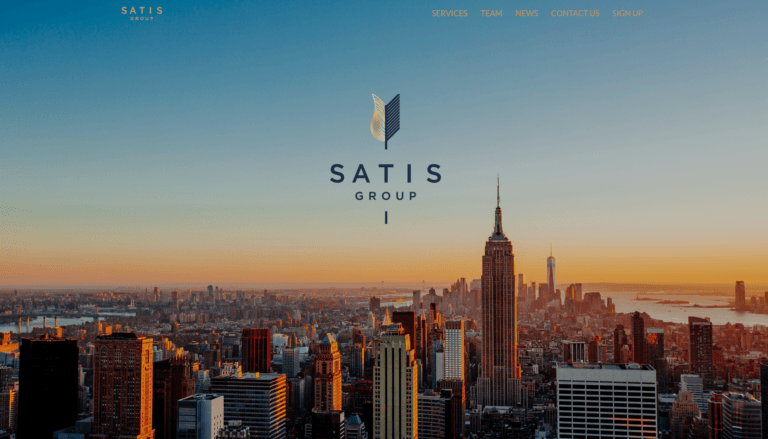On Thursday (12 July 2018), Bloomberg released a research report (about the creation of cryptoasset platforms), which is the second part of a five-part series on the cryptoasset market, prepared by premier ICO advisory firm Satis Group.
Here, we focus on the section of the report that deals with the Initial Coin Offering (ICO) market and highlight some of the most interesting findings:
- Despite regularity uncertainty and a generally bearish mood in the crypto markets, ICO fundraising is still doing very well.
- Globally, so far this year, ICOs have raised over $7 billion; this is nearly 50% of the amount raised in the whole of 2017 (despite a significant reduction in the prices of Bitcoin and Ethereum, which are typically used to fund ICOs, during the first half of this year).
- Year to Date (YTD), the global ICO market is currently worth around 20% of the U.S. ICO market, which has had a strong first half (the highest volume since 2014).
- Year on Year (YoY), growth has slowed for three reasons: regulatory uncertainty (primarily in the US); worries over upcoming infrastructure changes to the major platforms (such as Ethereum) on which most ICOs are built, with some ICOs hesitating around using the few recently introduced alternative platforms; and understandably smaller appetite (due to the recent six-month broad crypto market decline) amongst retail investors.
- YTD, the global ICO market, which was almost non-existent a few years ago, has raised around 20% of the total for the U.S. Initial Public Offering (IPO) market.
- In response to the U.S. SEC’s tough stance on ICOs, some crypto projects have migrated from the U.S. to more crypto-friendly jurisdictions (such as Switzerland and Cayman Islands) for launching their ICOs.
- Although the total amount raised through ICOs has continued to go up, the average deal size in premium projects (those raising over $6 million) and across all projects has gone down.
- In terms of the total number of ICOs, approximately, 78% were identified as scams, 4% failed (i.e. “succeeded to raise funding but did not complete the entire process and… abandoned and/or refunded investors as a result of insufficient funding”), 3% were presumed dead (i.e. “succeeded to raise funding and completed the process, however… not listed on exchanges for trading and… not had a code contribution in Github on a rolling three-month basis from that point”), and 15% were successful (i.e. “succeeded to raise funding and completed the process and… listed on an exchange.. began trading”, and managed to achieve deployment, a transparent published project roadmap, and some GitHub code contribution activity).
- In terms of total U.S. dollars (around $12 billion) raised for ICOs to date, approximately, only 11% ($1.3 billion) went to scam ICOs (with the vast majority of that $1.3 billion going to just three fraudulent ICOs, which were Pincoin, AriseBank, and Savedroid), 14% ($1.7 billion) went to failed projects, 5% ($624 million) went to projects presumed dead, and 70% ($8.4 billion) went to higher quality projects that got as far trading on one or more exchanges, with nearly 79% of the $8.4 billion going to projects doing well enough to be considered successful. In other words, 54% of the total U.S. dollars raised to date went to successful ICOs.
Featured Image Credit: Courtesy of the Satis Group









